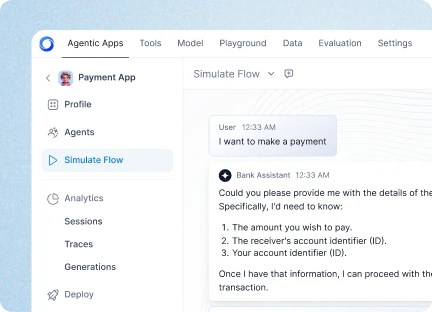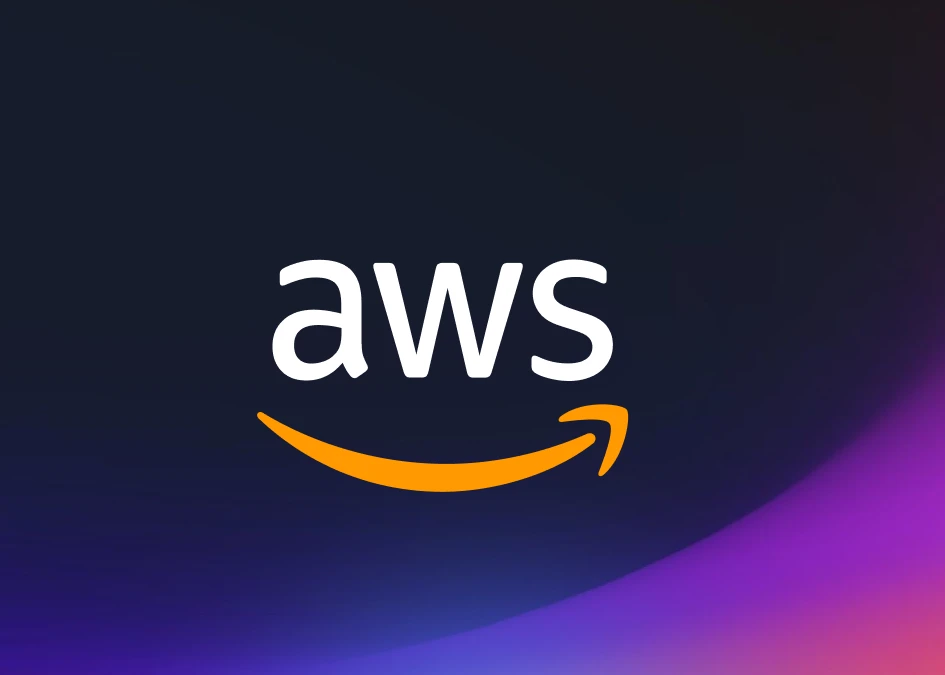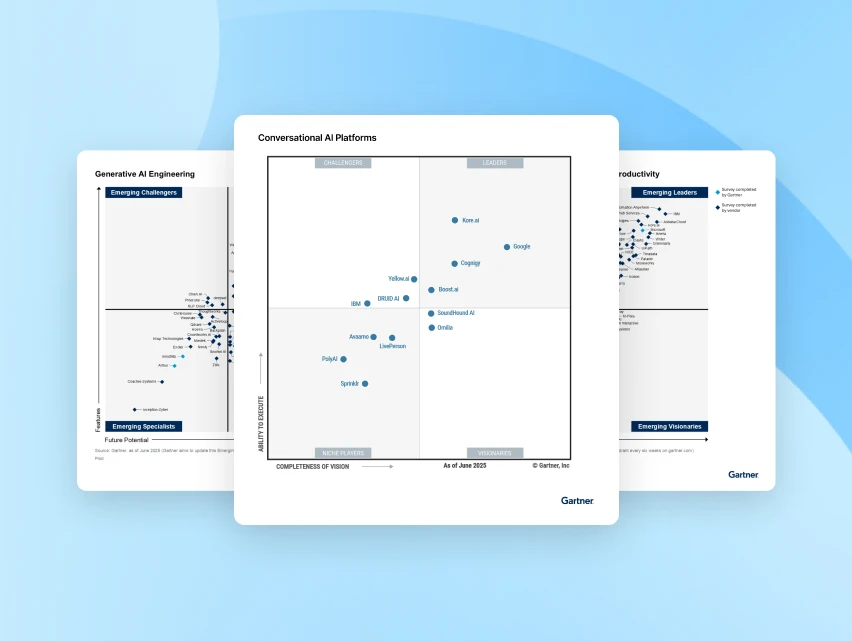How generative AI is improving workplace productivity in 2026
GenAI has proven to be a genuine force multiplier for skilled professionals and is ingrained in everyday workplace activities.
Lately, every boardroom conversation circles back to the same concern: how do we maximize productivity without ballooning costs? Despite spending billions on automation and digital transformation, more teams are buried in repetitive tasks than ever.
According to PwC’s Workforce Survey, 40% of the time employees spend at work is spent inefficiently.
Generative AI is changing that fast. Unlike traditional systems that simply execute tasks, GenAI unlocks a new level of productivity. Reports that used to take days now take minutes. Customer interactions are resolved in real time. Hiring, onboarding, ticket resolution, insight generation, everything is faster and more efficient.
But this shift is bigger than efficiency. As GenAI evolves into Agentic AI, it is changing how leaders think about work itself. Enterprises are redesigning workflows from the ground up and redistributing intelligence so that humans and AI systems can work together as coworkers.
In this article, we’ll explore five transformative ways GenAI is redefining workplace productivity in 2026, and how forward-thinking leaders are harnessing this shift to stay ahead in an increasingly intelligent world.
What leaders need to know (The TL;DR)
Before diving into the specifics, here are the key takeaways leaders need to know:
- Generative AI = Productivity hack. GenAI doesn’t just execute tasks; it understands goals, adapts to context, and turns information into insight.
- Real impact comes from rethinking how work is done. Simply layering GenAI on top of inefficient systems only accelerates inefficiency.
- Data and design drive outcomes. GenAI performs best when it’s powered by clean, well-governed data and guided by thoughtful design.
- Responsible AI defines long-term success. Governance, data quality, and ethical use are the foundation for sustainable scale.
What makes GenAI capable of transforming work?
The workplace has always evolved around the tools that amplify human potential - from computers, to spreadsheets, to cloud platforms. Generative AI is the next leap forward, not because it works faster than we do, but because it thinks differently. It can understand context, interpret intent, and create new content, all in real time.
Generative AI is proven to be a genuine force multiplier for skilled professionals. It amplifies their productivity, opens new opportunities for innovations, and expands what’s possible in every role. McKinsey reports that GenAI could add a staggering $4.4 trillion to global corporate profits each year.
At the heart of this transformation is generative AI’s ability to:
1. Understand natural language
GenAI can read, write, and respond in natural language. That means anyone in the organization can now interact with data, tools, and systems in plain English.
2. Work across formats
From text and spreadsheets to images and audio, GenAI connects the dots. It can analyse a report, summarize a meeting, and even generate a presentation, all in one flow.
3. Reason with context
Unlike traditional rule-based automation, GenAI understands goals, draws insights from different data sources, and recommends next steps.
4. Connect with existing systems
GenAI integrates seamlessly with business tools, such as CRMs, HR platforms, ticketing systems, and more.
5. Learn and improve
The more your teams use GenAI, the smarter it becomes. It continuously adapts to your data and workflows.
Together, these capabilities make GenAI a genuine productivity partner that helps people work faster and achieve more.
5 ways generative AI is increasing workplace productivity
From automating tasks to empowering quick decision-making, generative AI is boosting workplace productivity. Here are 5 ways it’s helping humans achieve more at the workplace: 👇
1. Freeing up time for what matters with AI for Work
No one takes a job expecting to spend their days buried in administrative work. Yet, tasks such as report generation, data entry, and documentation continue to drain time that could be spent on strategy and innovation.
GenAI changes the equation. Acting as the ultimate productivity partner, it automates the busywork. It summarizes documents, crafts emails, and manages schedules so teams can focus on what truly moves the business forward.
Real-world impact
A global consulting firm saved over 1,500 hours per month by automating compliance reporting. Operations leaders eliminated bottlenecks, finance executives ensured seamless compliance, and client-facing teams shifted their focus to high-value strategies, leading to measurable business growth.
What this means for business leaders:
- CIOs and IT leaders can boost enterprise efficiency by weaving AI into everyday workflows.
- HR and People leaders can cut down on admin and focus on engagement, culture, and talent.
- Finance and Compliance heads can generate audit-ready reports with less effort and more accuracy.
2. Redefining recruitment with GenAI
Hiring and retaining top talent has never been more challenging — or more critical to productivity. Traditional recruiting models are slow, reactive, and often disconnected from business needs. GenAI changes that by enhancing how organizations attract, assess, and develop talent. With its ability to understand natural language and interpret role requirements, GenAI empowers HR teams to move faster and with greater precision.
Instead of manually drafting job descriptions or struggling to align candidate profiles with business needs, HR leaders can use GenAI to analyze role requirements, create optimized JDs, and generate clear evaluation criteria. GenAI can also summarize candidate information into concise, comparable insights, helping recruiters focus on strategic decisions rather than administrative tasks.
Tools like AI for Work act as intelligent co-pilots, matching skills to roles, crafting personalized outreach, and even scheduling interviews, all while ensuring fairness and consistency.
Beyond hiring, GenAI is redefining the employee experience. AI-powered assistants now help HR teams handle everyday queries, guide onboarding, and support professional growth — freeing people leaders to focus on culture, leadership, and inclusion.
Real-world example
AMD introduced AI-powered HR Agents to transform HR support into an intelligent, scalable platform. This resulted in an 80% reduction in time to resolve HR inquiries and 70% employee satisfaction within the first 90 days.
What this means for business leaders
- HR and People leaders can build a more agile, data-driven hiring process, elevating HR from admin to strategic partner.
- CHROs and Talent heads can use GenAI to spot skills gaps, design upskilling plans, and boost retention.
- CEOs and business leaders can ensure teams are staffed faster with the right talent, keeping workforce agility aligned with growth.
3. Turning data overload into actionable intelligence
In today’s enterprise landscape, leaders don’t suffer from a lack of data; they suffer from too much of it. Every system, platform, and process generates insights, yet most decision-makers still spend more time hunting for data than acting on it.
GenAI changes that by transforming enterprise search and analysis into enterprise intelligence. By combining natural language understanding with advanced search capabilities, GenAI enables employees to ask complex business questions and receive context-rich, actionable answers in seconds.
Imagine a sales director preparing for a quarterly board meeting. Instead of manually stitching together CRM exports, pipeline forecasts, and revenue spreadsheets, GenAI ingests the available data, identifies emerging patterns, highlights risks, and surfaces growth opportunities. The result is faster analysis, smarter decisions, and more time spent on strategy rather than sifting through spreadsheets.
Real-world example
A global consulting firm used AI-powered Smartsheet tools to automate the data collection and reporting process, reducing reporting time by 50%. This enabled project managers to quickly present actionable insights to leadership, improving both the accuracy and speed of decision-making.
What this means for business leaders
- Executives get instant visibility into key metrics and emerging risks, helping them stay ahead of the curve.
- Project managers spend less time compiling and more time strategising, thanks to unified, AI-driven data access.
- Data and analytics leaders can break down silos and build a living intelligence layer that fuels enterprise performance.
4. Keeping teams in sync
With hybrid working and global teams now the norm, smooth communication isn’t just nice to have; it’s table stakes. When collaboration breaks down, things get missed, timelines slip, and opportunities pass you by.
GenAI helps bridge those gaps. It can automatically summarize meetings, support multiple languages, and offer tools that keep everyone on the same page, no matter the time zone or location.
Real-world example
A multinational company reduced project delays by 30% with AI-powered collaboration tools that streamlined communication across global teams.
What this means for leaders:
- Team leads and project managers can keep coordination tight by automating routine tasks like meeting notes and follow-ups.
- C-suite and global ops leaders can boost communication efficiency, foster alignment, and reduce delays, making the whole organization more responsive and resilient.
5. Helping teams make quick and right decisions
Finding the right bit of information when you need it can feel like searching for a needle in a haystack. Emails, documents, systems… It’s all there, just not always easy to get at. And that costs time, energy, and momentum.
GenAI changes the game. With capabilities like Retrieval-Augmented Generation (RAG), it delivers tailored, role-specific answers in seconds, without compromising on security, thanks to Role-Based Access Control (RBAC).
Real-world example
A large healthcare insurer used the GenAI-powered AI agents to help the customer support team troubleshoot issues, generate detailed tickets, and provide updates, cutting resolution times in half.
What this means for leaders:
- Ops leaders can give their teams instant access to the data they need, helping them make sharper decisions without delay.
- Department heads see smoother workflows and less time wasted hunting for answers, boosting overall productivity.
- C-suite execs gain agility across the board, with decisions made quickly and confidently, backed by the right data at the right time.
What it takes to unlock GenAI’s productivity promise
We all know GenAI sounds game-changing - and it is. But making that leap across an enterprise isn’t just about plugging in a chatbot or spinning up a model. It’s about rethinking how people, systems, and intelligence work together. Here’s what that actually looks like:
1. Build vs Buy
Every organization faces the same crossroads: do you build a bespoke AI solution in-house or partner with a platform that can help scale? Though building offers control, it demands deep expertise, governance, and cost tolerance.
Buying, on the other hand, gets you moving faster. It’s easier to integrate and tailor to your needs. In fact, 72% of enterprises prefer buying AI solutions over building them from the ground up, according to the AI use case report.
While buying an AI solution, just make sure your vendor is flexible, that is, it’s model-agnostic, data-agnostic, cloud-agnostic, so you’re not locked into one ecosystem. You want freedom to use any LLM and deploy anywhere.
2. Change management
GenAI changes how work gets done, and that can feel unsettling. Employees worry about their roles, their relevance, and their future. The key is to treat AI as a teammate, not a threat. That means clear communication, hands-on training, and sharing real success stories. When teams see AI helping, not replacing, they lean in.
3. Data Quality, security, and responsible use
GenAI is only as good as the data it learns from. If your data is messy or poorly governed, you’ll get inconsistent and potentially risky results. You must build strong foundations by having governed data pipelines, secure integrations, and robust controls, such as Retrieval-Augmented Generation (RAG) and Role-Based Access Control (RBAC), to keep insights accurate and trustworthy.
4. Bias, accuracy, and trust
Even the smartest generative AI models can reflect bias or generate false confidence. That’s why human oversight remains essential. Regular evaluation, red-teaming, and bias audits ensure GenAI supports fair and explainable outcomes.
5. Governance forever
AI regulations are evolving fast. If you treat compliance as a one-and-done checklist, you’ll fall behind. The smartest leaders are building Responsible AI frameworks into their culture, making governance ongoing, accountability clear, and policies transparent.
Conclusion
For years, manual work has trapped employees in an endless loop of low-value activity. GenAI breaks that loop. From recruitment and compliance to collaboration and decision-making, it is empowering enterprises to reimagine productivity in 2026.
Kore.ai’s AI for Work platform brings this future to life. It transforms everyday interactions into automated workflows that complete themselves. Here’s how it’s already changing the game:
- Conversational interface: Employees interact naturally with AI through chat or voice, no learning curve required.
- Intelligent enterprise search: The platform understands context and intent, retrieving precise answers or triggering the right workflow on demand.
- Autonomous action: From creating reports to resetting passwords, AI executes tasks instantly, closing the loop between request and result.
The future of productivity is all about working smarter, powered by intelligent systems that think, learn, and act alongside us. The question is: are you ready to build an organization where humans and AI work as one?
Book a custom demo now to explore how AI for Work can help your organization. Not ready yet? Read our Generative AI use case guide to explore where you can apply it in your business.
FAQs
Q1. What are the top use cases of Generative AI for workplace productivity?
Generative AI is transforming productivity across the enterprise by automating reports, generating insights, summarizing meetings, supporting recruitment, and even powering enterprise search. In HR, tools like AI for work help teams identify top talent faster, while in operations and finance, AI automates compliance and reporting, saving thousands of hours each year.
Q2. What should enterprises consider when choosing AI for workplace automation?
Selecting the right GenAI partner goes beyond features. Look for ease of integration, enterprise-grade security, and Responsible AI frameworks that ensure transparency and compliance. Platforms like Kore.ai AI for Work stand out for their extensibility, no-code interface, and robust governance, helping teams adopt AI safely, responsibly, and at scale.
Q3. What ROI can businesses expect from AI-driven workplace automation?
AI for Work delivers measurable ROI by increasing efficiency, reducing operational costs, and improving decision-making. Enterprises have reported up to 40% faster hiring cycles, 50% reduction in reporting time, and significant productivity gains from automating administrative workflows. Calculating AI’s ROI depends on factors like industry, process complexity, and workforce adoption.
Q4. How can organizations drive AI adoption among employees?
Successful AI adoption requires executive buy-in, clear training programs, and a culture of AI literacy. Employees should see AI as a productivity enabler rather than a replacement. Starting with quick gratification use cases, like say password reset or assistance in finding information, and then leveraging user-friendly AI assistants can ease the adoption by automating routine tasks while keeping human oversight in decision-making.
Q5. How can companies start implementing Generative AI and scale across their organization?
To successfully deploy and scale AI for workplace productivity, businesses should: Identify high-impact AI use cases (e.g., customer support, HR automation, finance operations).
- Start with a pilot program and measure key performance indicators.
- Choose AI solutions that integrate seamlessly with existing enterprise workflows.
- Develop AI governance policies to ensure ethical AI implementation.
For a step-by-step roadmap, check out 10 Best Practices for Scaling Generative AI.
Q6. What are the key security and compliance considerations in workplace AI?
AI-powered workplace solutions must prioritize data privacy, role-based access controls (RBAC), and regulatory compliance (e.g., GDPR, HIPAA). Enterprise AI platforms should incorporate security-first frameworks to protect sensitive business information while enabling seamless automation. Deploying and scaling AI responsibly is a responsibility of the entire organization. Read more about how to deploy AI responsibly and at scale here.












.webp)
.jpg)




